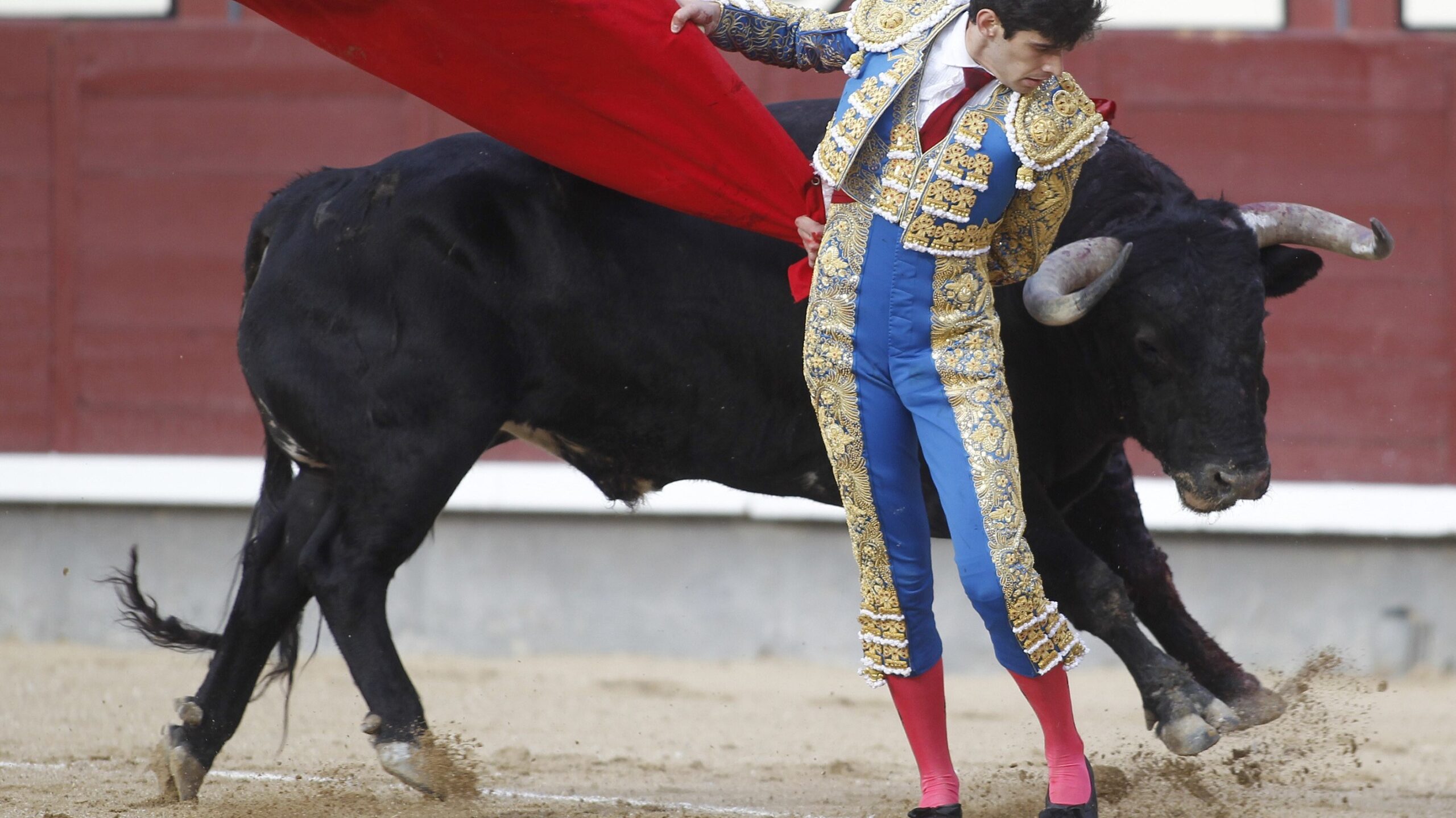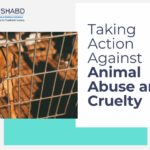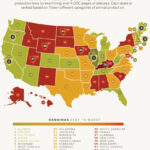The multifaceted world of animal exploitation extends far beyond conventional perceptions. The cruelty implicit in practices such as the leather industry and bullfighting unveils a veritable tapestry of suffering that is often overlooked. Today, we delve into the convoluted web of animal exploitation, examining how animals are commodified, subjected to egregious treatment, and ultimately led to their tragic ends.
At the heart of this discourse lies the leather industry, which epitomizes a brutal cyclical process beginning with the raising of livestock for skin. Cattle, pigs, and goats are often raised in conditions that prioritize profit over welfare. The methodology employed in these factory farms is characterized by confinement, overcrowding, and a lack of natural behaviors. Cows are often denied the sun’s warmth and fresh air, confined in cramped quarters where they are unable to move freely. This raises pressing ethical questions about the legitimacy of using sentient beings solely for their dermal coverings.
Following their grim existence on farms, animals are then transported to slaughterhouses—a journey fraught with peril. In these settings, the disregard for animal welfare intensifies. Many animals are subjected to seemingly unimaginable horrors, enduring extreme stress, injury, and even death during transportation. The end of their journey in these industrialized killing zones is no less distressing. The methods employed can be barbaric, often overlooking humane treatment in favor of sheer efficiency. The resultant leather, marketed as a luxury good, straddles the line between aesthetic appeal and a hideous slate of ethical implications.
Moreover, the use of leather extends into various facets of human culture. From high-end fashion to everyday items, leather is perpetually revered despite its sordid origins. The fashion industry’s endorsement of leather products perpetuates a cycle of cruelty, whereby consumers remain largely oblivious to the suffering interwoven throughout their favorite garments. As we adorn ourselves with these products, we must ask ourselves: at what cost does our desire for style come?
In parallel, we must address the controversial spectacle of bullfighting, an archaic tradition cloaked in cultural significance. Bullfighting, chiefly practiced in countries like Spain, is a brutal form of entertainment that tragically showcases the extent of animal exploitation. Bulls are subjected to systematic torment, often provoked through physical abuse prior to the fight. These noble creatures, bred for the arena, are not only stricken with fear but are subjected to an inhumane death when ultimately slain by the matador. The crowd’s applause for the matador glorifies violence, feeding an insatiable appetite for bloodsport that conveys an unsettling voyeuristic thrill.
Critics argue that the cultural heritage associated with bullfighting is antiquated and inherently insensitive to the evolving ethical sentiments of society. The emotional and physical distress inflicted upon the animals involved cannot be justified by tradition alone. This dichotomy between cultural preservation and compassion for sentient beings continues to be a point of discourse, with advocates for animal rights pushing to abolish such practices in favor of a more humane societal framework.
Underlying these topics is a broader environmental concern, as the leather industry and practices like bullfighting are often intertwined with other facets of exploitation. The expansion of grazing lands for cattle has led to deforestation, habitat destruction, and biodiversity loss, exacerbating the ongoing climate crisis. The ecological footprint derived from these industries highlights the intrinsic link between animal exploitation and environmental degradation—a connection that underscores the urgency for systemic change.
Simultaneously, the public has begun to agitate for alternatives to leather, with innovative materials now being developed from plants, lab-grown substances, and recycled materials. These sustainable options present a viable pathway to break the cycle of cruelty while allowing individuals to express their personal style without the associated ethical baggage. It is imperative that we foster a cultural shift towards these alternatives, embracing innovation without sacrificing our moral compass.
Moreover, the conversation surrounding bullfighting has gained momentum, with various regions and countries attempting to curb or regulate such practices. Movements advocating for the cessation of bullfighting illustrate a growing awareness of animal rights and a collective desire to redefine entertainment standards in a compassionate light. The fight against animal cruelty is not merely confined to the periphery of public consciousness; it has become a salient aspect of global discourse.
As we navigate these discussions, it is vital to consider the role of education in fostering empathy and awareness. By disseminating information about the direct consequences of consuming animal-derived products, we can galvanize individuals to reassess their choices. Schools, media platforms, and community engagements can serve as conduits for change, nurturing a generation that champions ethical treatment for all living beings.
In conclusion, the pervasive influence of the leather industry and the grim reality of bullfighting represent a fraction of the broader issue of animal exploitation. The intertwining narratives of suffering challenge us to reevaluate our ethical frameworks and cultural norms. In forging a path towards liberation for all creatures, we intrinsically enrich our human experience, fostering a society that reflects compassion, respect, and a commitment to justice for all beings. The journey toward ethical living may be fraught with challenges, but it is one that we must embark upon for the sake of our most vulnerable companions on this planet.








